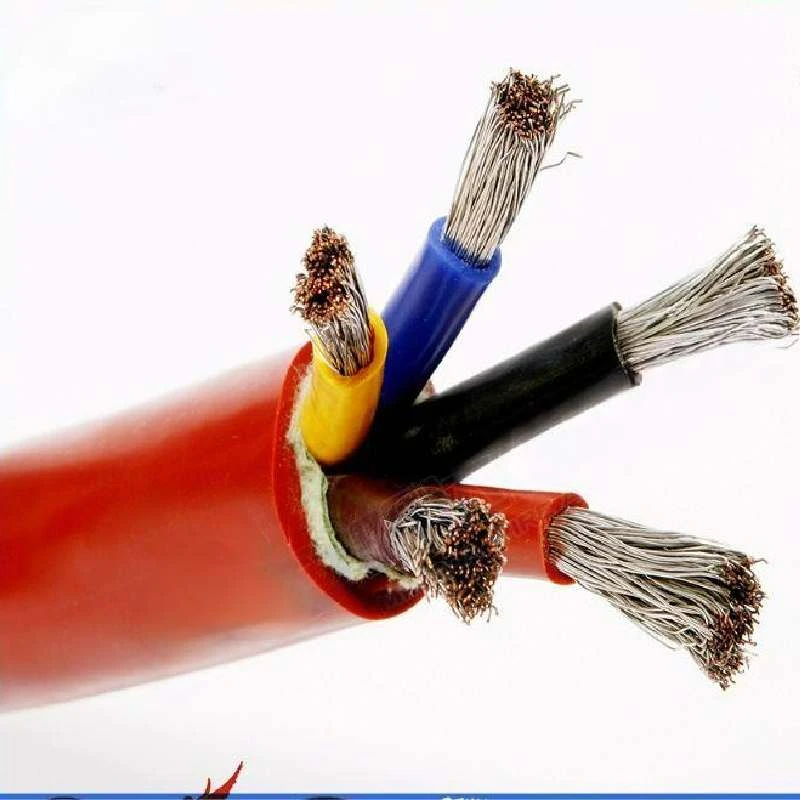10 月 . 22, 2024 10:28 Back to list
Pneumatic Actuated Ball Valve for Efficient Fluid Control Solutions
Understanding Pneumatic Ball Valves Function, Design, and Applications
Pneumatic ball valves are critical components in various industries, serving as essential devices for controlling the flow of air and other gases through a pipe or duct system. With the ability to provide quick and reliable shut-off, these valves play a significant role in ensuring efficient process control, safety, and performance across diverse applications.
What is a Pneumatic Ball Valve?
At its core, a pneumatic ball valve consists of a spherical disc or ball with a hole through its center, which acts as the closure mechanism for the valve. When the valve is open, the hole aligns with the flow path, allowing gases or fluids to pass through. Conversely, when the ball is rotated 90 degrees, the hole is perpendicular to the flow path, completely blocking passage and preventing flow. This simple yet effective design enables fast actuation and secure shut-off.
Pneumatic ball valves are operated using compressed air, making them well-suited for use in environments where electrical actuation is not feasible or safe. The pneumatic actuator, typically mounted on the valve, uses compressed air to control the valve's position, thus regulating the flow of gas.
Advantages of Pneumatic Ball Valves
1. Quick Operation One of the standout features of pneumatic ball valves is their rapid actuation. The 90-degree rotation of the valve can be accomplished quickly, allowing for swift opening and closing, which is particularly beneficial in emergency situations or processes where response time is critical.
2. Minimal Pressure Drop The design of the ball valve allows for a smooth flow path, resulting in lower pressure drops compared to other types of valves. This makes pneumatic ball valves efficient for managing high-flow applications.
3. Durability and Reliability Ball valves are known for their long lifespan and rugged construction. The solid ball design minimizes wear and tear, allowing them to withstand harsh operating conditions, including high pressure and extreme temperatures.
4. Ease of Maintenance Pneumatic ball valves are generally easy to maintain due to their straightforward design. Many models are modular, which allows for simple parts replacement without dismantling the entire valve system.
pneumatic ball valve

Applications of Pneumatic Ball Valves
Pneumatic ball valves find applications in numerous sectors, primarily driven by their reliability and efficiency. Below are some common industries where these valves are widely used
- Manufacturing In manufacturing processes, pneumatic ball valves control the flow of compressed air or gases, ensuring smooth operations in assembly lines or production systems.
- Chemical Processing These valves are often employed in chemical plants due to their ability to handle corrosive substances and high-pressure conditions, thus ensuring safety and process integrity.
- Water Treatment In water treatment facilities, pneumatic ball valves help regulate the flow of water and chemicals, ensuring proper treatment processes are followed.
- Food and Beverage The hygienic design of ball valves makes them suitable for food and beverage applications, where cleanliness and compliance with health regulations are paramount.
- HVAC Systems Pneumatic ball valves are used in heating, ventilation, and air conditioning (HVAC) systems to regulate airflow and maintain optimal temperatures within buildings.
Conclusion
Pneumatic ball valves are indispensable components in industrial applications that require reliable control of gas and fluid flow. Their quick actuation, minimal pressure drop, durability, and versatility make them a preferred choice across various sectors. With continued advancements in valve technology and pneumatic systems, the effectiveness and applications of pneumatic ball valves will likely expand, enhancing operational efficiency and safety in industries worldwide. Understanding their design, function, and usage is crucial for engineers and operators tasked with implementing and maintaining efficient fluid control systems. As industries evolve, the role of pneumatic ball valves will remain vital in facilitating seamless process management and ensuring the safety of operations.
Share
-
Understanding the Differences Between Wafer Type Butterfly Valve and Lugged Butterfly ValveNewsOct.25,2024
-
The Efficiency of Wafer Type Butterfly Valve and Lugged Butterfly ValveNewsOct.25,2024
-
The Ultimate Guide to Industrial Swing Check Valve: Performance, Installation, and MaintenanceNewsOct.25,2024
-
Superior Performance with Industrial Swing Check Valve: The Essential Valve for Any SystemNewsOct.25,2024
-
Industrial Swing Check Valve: The Ideal Solution for Flow ControlNewsOct.25,2024
-
You Need to Know About Industrial Swing Check Valve: Functionality, Scope, and PerformanceNewsOct.25,2024